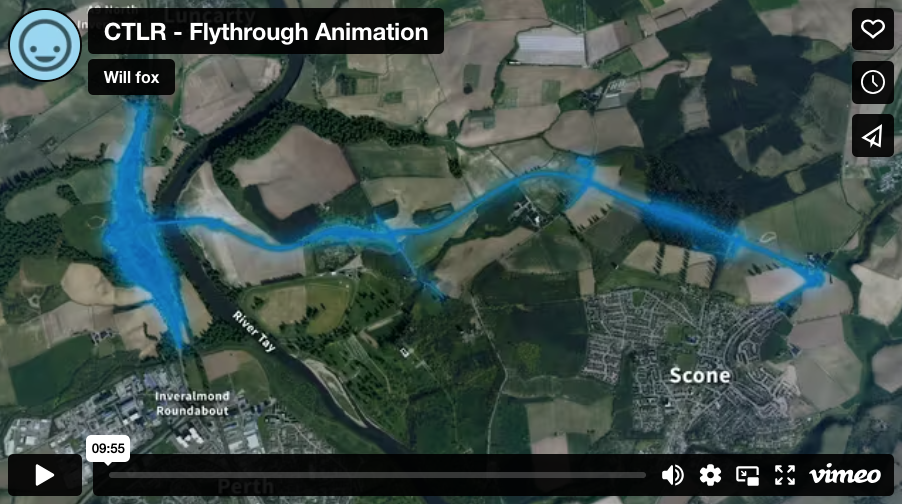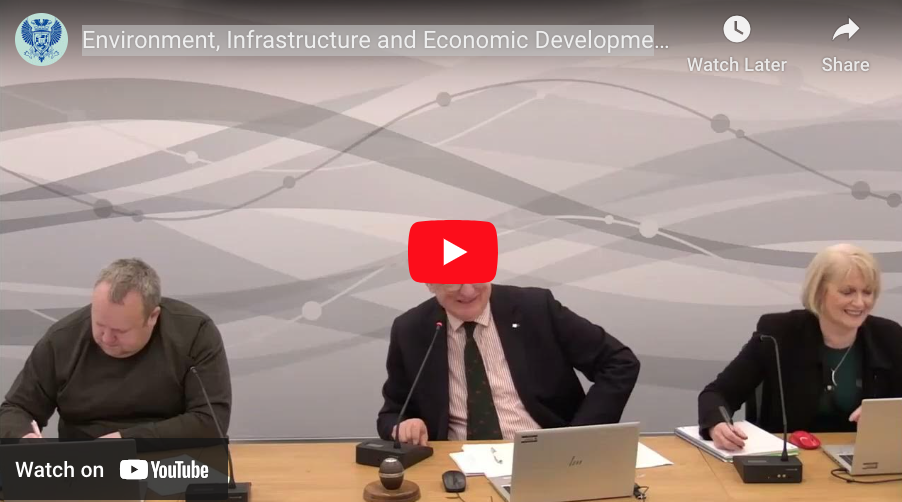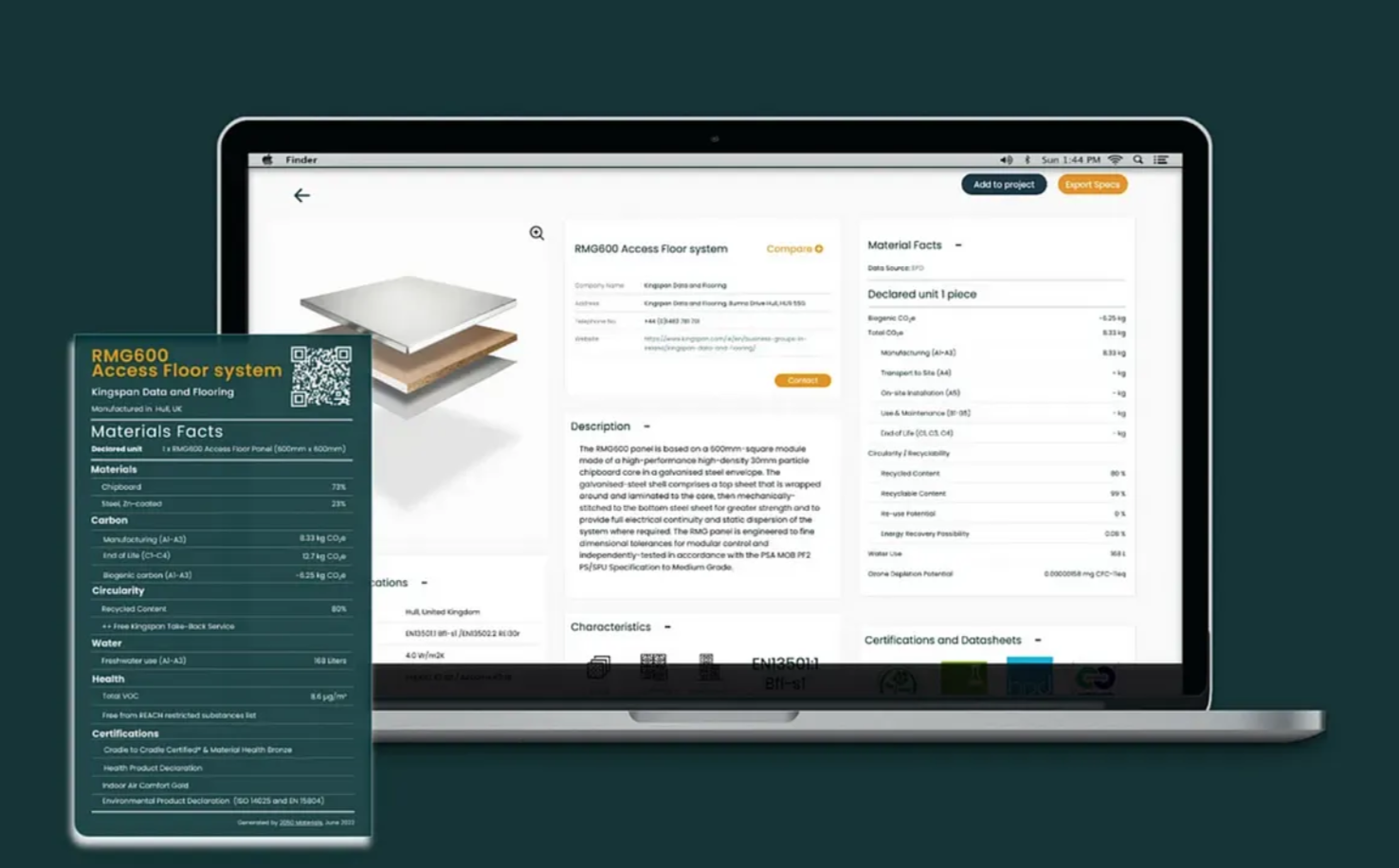Rethinking Road Infrastructure: How the Cross Tay Link Road is Leading the Way in Low Carbon Procurement

Due to its carbon-focused procurement strategy, the Cross Tay Link Road (CTLR), a road project in Perth, Scotland, has emerged as a case study for upcoming Scottish infrastructure initiatives. The project entails building a 2.2 km realigned dual carriageway on the A9 that skirts the town to the west. It will include grade separated junctions, roundabouts, and a 76 m long, three span overbridge that connects to a new bridge over the River Tay. The bridge will be 307 meters long and 15.7 meters broad, with a 3-meter walkway and a cycle lane in between. East of the Tay, a new 5-kilometer single-carriageway road will be constructed with connections to the A93 and A94. Along the connection road, four roundabouts will be created, and a green bridge is being built.
The Cross Tay Link Road and the finished A9/A85 Project are both featured in this video.


The Scottish Government contributed £40 million toward the project’s overall cost of £150.5 million, with the remainder coming from the council. The PAS 2080 specification for managing whole-life carbon in infrastructure was incorporated into the procurement of the design and construct contract by Perth & Kinross Council, who placed carbon management at the center of this project. In August 2021, Bam Nuttall received the contract after presenting strategies for cutting 26,300t of carbon emissions. To assure design optimization, the customer hired the company on an early contractor involvement (ECI) arrangement lasting a year in addition to an Arup and Fairhurst joint venture to create the broad and specific designs.
 “Through that ECI period — which often you wouldn’t have on a design and build job — we had the opportunity to really focus on the design. It gave us time to optimise our design, but also to get our procurement and our construction methodologies in place.” Keith Tully, Bam Nuttall Project Design Manager
“Through that ECI period — which often you wouldn’t have on a design and build job — we had the opportunity to really focus on the design. It gave us time to optimise our design, but also to get our procurement and our construction methodologies in place.” Keith Tully, Bam Nuttall Project Design Manager
You can check the most recent meeting released by Perth & Kinross Council on“the Environment, Infrastructure and Economic Development Committee” which took place on Wednesday 29th March 2023 in the below video.


The Big Drop
CTLR’s carbon footprint dropped by more than 35,000t through design modifications and value engineering, coming in at little under 50,000t.
Significant embodied carbon and cost reductions have been achieved as a result of the new River Tay crossing’s revised design. The proportions were changed to a 150-meter main span, an 82-meter western span, and a 75-meter eastern span from 92-meter long back spans and a 155-meter main span. The contractor’s attempts to reduce carbon emissions were aided by the changeover from fully flexible pavement to flexible composite pavement. To further reduce embodied carbon, ground granulated blast furnace slag (GGBS) is being utilized as a cement alternative.
With the removal of one SuDS pond and increased use of grass surface water channels, the drainage plan was made more environmentally friendly. Due to the decision to move up the earthworks to May 2022 from the winter of the same year, construction is moving forward on all areas of the project. The green bridge is making progress and is anticipated to be finished this summer. Roundabouts and intersection construction have also started. By the end of the year, the link road should be finished, and main road infrastructure should be finished by the fall of 2024.
Perth & Kinross Council Prioritizing Carbon Management
Because Perth & Kinross Council put carbon management at the heart of this project by integrating the PAS 2080 specification for managing whole-life carbon in infrastructure within the procurement of the design and build contract, Bam Nuttall, which was awarded the contract for the scheme, has reduced CTLR’s carbon footprint by over 35,000t and its cost by £5M!
Where to Start
The best way to work on transparent infrastructure projects is by following the PAS methodology and collecting EPD data on products. The easiest way to access that data and create automatic whole life cycle assessment reports is to access the free library at app.2050-materials.com

Sources:
https://www.newcivilengineer.com/the-future-of/future-of-roads-cross-tay-link-road-offers-blueprint-for-low-carbon-procurement-29-03-2023/ Future of Roads | Cross Tay Link Road offers blueprint for low carbon procurement, New Civil Engineer
https://www.perthtransportfutures.co.uk/phases/cross-tay-link-road Phase 2: The Cross Tay Link Road (CTLR), Perth Transport Futures
If you enjoyed reading this article then you would like to know about the changes happening in the environmental regulations in construction then check this interesting piece.
Related articles

Climate-Resilient Materials for the Built Environment: A Data-Centred Prime
As climate volatility intensifies, resilience metrics are fast becoming as critical as carbon data in material selection. This article outlines why adaptation is now a design imperative, how materials can be evaluated through a systems lens, and what KPIs project teams should demand. From self-healing concrete to fire-rated façades, we present a structured taxonomy of resilient materials, explain how to embed this intelligence into digital design workflows, and propose next steps for specification, benchmarking, and procurement.
Read more
The Most Interesting Low Carbon Products in Office Design
In this article and collection, we highlight 11 outstanding products that contribute to a lower carbon footprint in office design.
Read more
Top Low Carbon Building Boards: Performance, Benefits, and Use Cases
The building boards highlighted in this article and collection showcase low-carbon innovation in modern construction.
Read more